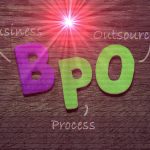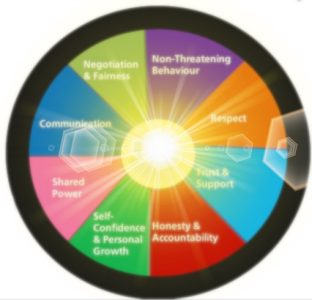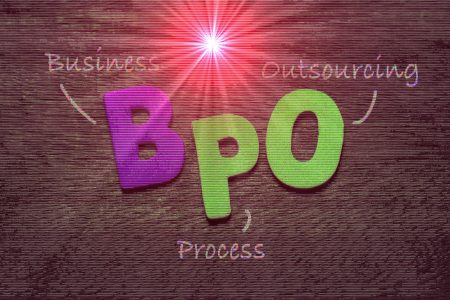FOSS: Free and open source software (F/OSS, FOSS) or free/libre/open source software (FLOSS) is a software that is liberally licensed to grant the right of users to use, study, change, and improve its design through the availability of its source code. This approach has gained both momentum and acceptance as the potential benefits have been increasingly recognized by both individuals and corporate players. In the context of free and open source software, free refers to the “freedom to copy and re-use the software and primarily the ability to modify and redistribute the source code or the software itself, rather than to the price of the software”.i The Free Software Foundation, an organization which advocates the free software model, suggests that, to understand the concept, one should “think of free as in free speech, not as in free beer”.ii Free software focuses on the philosophical freedoms it gives to users while open source focuses on the perceived strengths of its peer-to-peer development model.
Open Source is a method and philosophy for software licensing and distribution designed to encourage use and improvement of software written by a network of volunteers. Through this system, a program’s source code is made available to all interested parties for use, modifications, and improvements.iii The most popular form of open source software is the GNU/Linux operating system and the accompanying tools. Created utilizing parts of the Linux Kernel (The core of the operating system) and the GNU project tools, GNU/Linux has achieved mainstream adoption with improved distributions from popular vendors like Red Hat, Novell, IBM, and Guardian Digital. Driven by the Open Source Initiative (OSI), developers of software allow the code to be freely shared, enhanced, and redistributed. The fundamental difference between the two movement is in their values, their ways of looking at the world. Open source is a development methodology and Free Software is a social movement.iv
Proprietary Software refers to the software that is owned by an individual or a company and is prevented from unauthorized use by patents, trademarks and/or copyrights. Such software is often sold or licensed to other individuals or organizations, usually with strict restrictions regarding its use, modification and further distribution The most prominent vendor of proprietary software is Microsoft Corporation. Along with the purchase of Microsoft programs, users receive a license to utilize those programs. Source codes are kept hidden to prohibit user modification and re-distribution. Proprietary vendors contend that the information contained in the source code is Intellectual Property and that it is best utilized and protected by remaining kept from the public. This approach to development has been the standard for many years, and corporate developers like Microsoft are actively fighting to maintain its efficacy. It is worthwhile here to point out the supremacy of FOSS over the patented software in the management education. There is definitely a comparative advantage.
iiwww.gnu.org/philosophy/free-sw.html
iiiwww.guardiandigital.com/pfiles/GuardianDigital_Linux_vs_Windows.pdf
ivwww.savinosolutions.com/site1/Linux_OS.html







